| Structure | Name/CAS No. | Articles |
|---|---|---|
 |
Ethanol
CAS:64-17-5 |
|
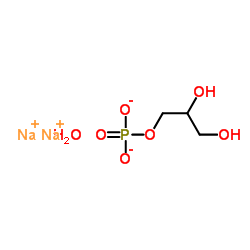 |
Sodium glycerophosphate
CAS:154804-51-0 |
|
 |
Hydrochloric acid
CAS:7647-01-0 |
|
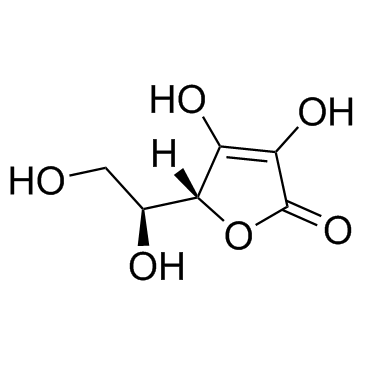 |
Ascorbic acid
CAS:50-81-7 |
|
 |
L-Glutamine
CAS:56-85-9 |
|
 |
Water
CAS:7732-18-5 |
|
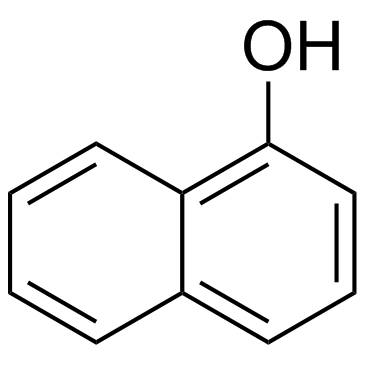 |
1-Naphthalenol
CAS:90-15-3 |
|
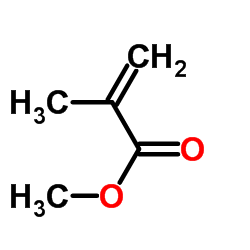 |
Methyl methacrylate
CAS:80-62-6 |
|
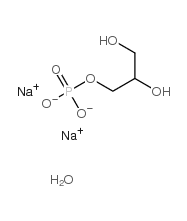 |
Glycerol phosphate disodium salt hydrate
CAS:55073-41-1 |
|
 |
Dexamethasone
CAS:50-02-2 |